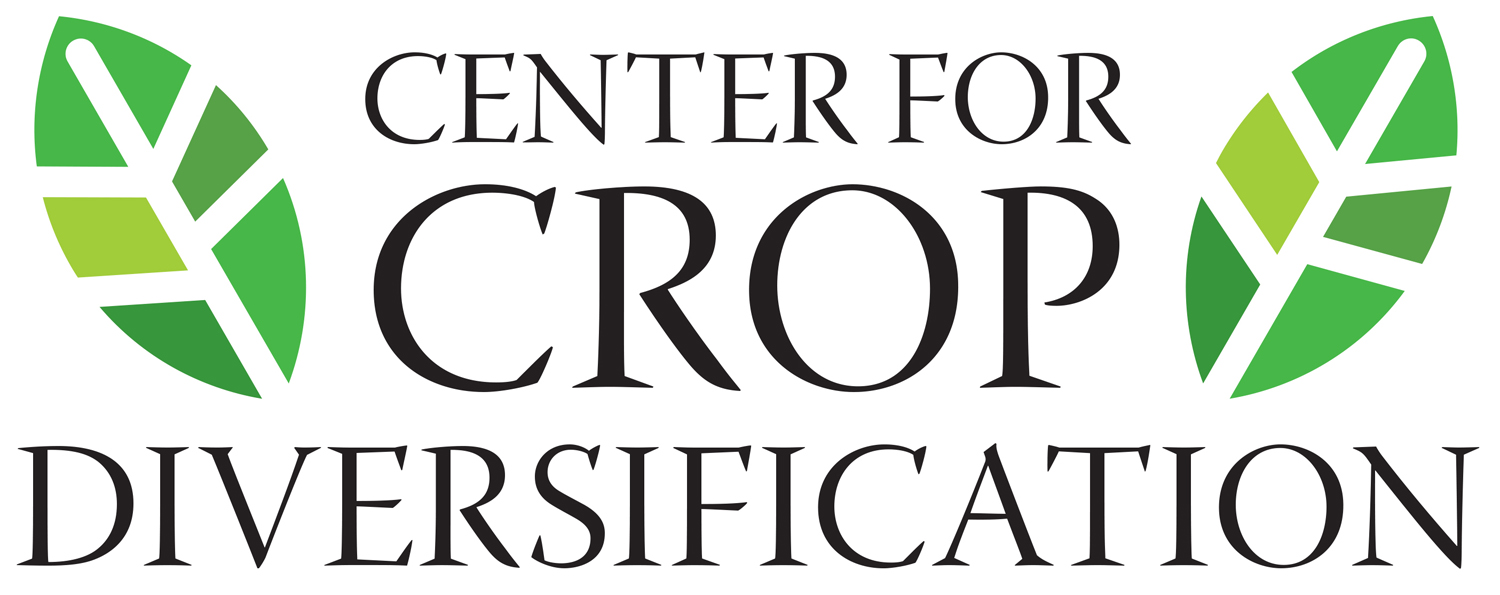Edible Flowers
Edible flowers, which have been used in the culinary arts for centuries, are experiencing renewed popularity. Flowers can serve as an essential ingredient in a recipe, provide seasoning to a dish, or simply be used as a garnish.
Marketing

Edible flowers can be a profitable enterprise niche, especially for farms marketing to consumers and chefs interested in a novel use of edibles. Edible flowers can especially fit into a cut flower or herb business, providing additional opportunities for value-added products. Local market niches may be small, however, and specialized niche markets may take time to develop. Organic growers and others using pest control methods that are suitable for flowers intended for human consumption may have a marketing edge, as plant material obtained from most commercial florists, garden centers and nurseries are likely not pesticide-free. Flowers may be marketed fresh, dried, candied, or in prepackaged salads. Research in Michigan indicated packaging different colors and varieties of fresh edible flowers in the same container appealed most to consumers. Including varieties with more appealing fragrances in the mix also encourages positive consumer reactions.
Production
Many commonly cultivated annuals and perennials can be raised for their edible flowers. Because some flowers are edible but not palatable and others may be poisonous, it is important that only those known to be edible should be grown for this purpose. Differences in edibility may also exist between cultivars of the same species. Some popular edible flowers include calendula, chrysanthemum, daylily, dianthus, lilac, marigold, mint, nasturtium, orchids, pansy, rose, tulip and violet. Blossoms from various vegetable and fruit crops are also popular for culinary purposes. Refer to the resources at the end of this profile for information on additional edible flower species.

